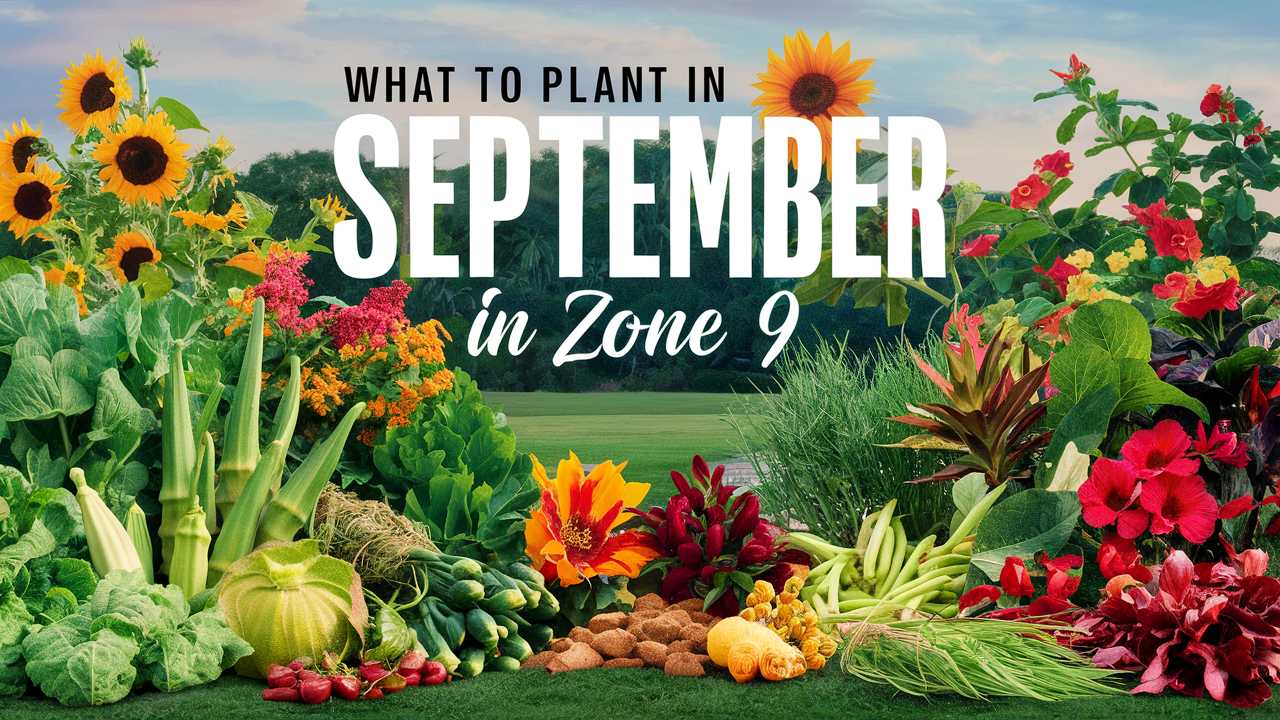This comprehensive guide will explore the best options for September planting in Zone 9, providing detailed information on temperature tolerances, ideal planting dates, and the unique characteristics of each plant.
Landscape Plants To Plant
In addition to edibles and blooms, there are numerous landscape plants that you can plant in September, enhancing your surroundings while thriving in the mild fall climate of Zone 9.
Agapanthus
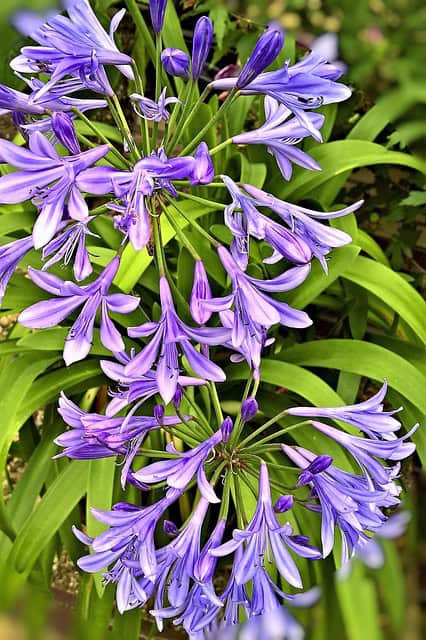
Agapanthus is a stunning perennial that flowers in shades of blue or white. Plant it in September for beautiful blooms the following summer. They thrive in full sun and handle drought well once established. Agapanthus works wonderfully in borders or as focal points in garden beds, providing a touch of tropical elegance to the landscape.
Camellias
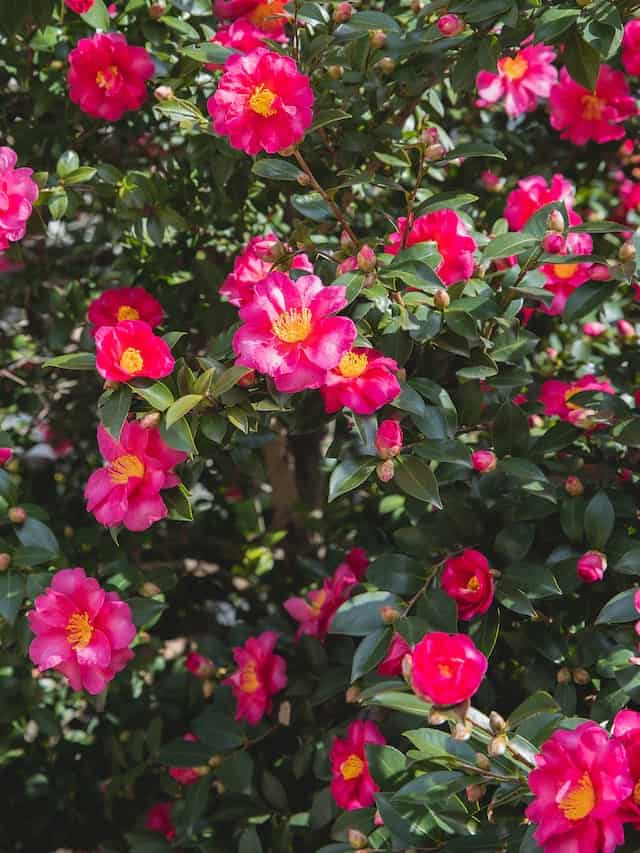
Camellias are elegant flowering shrubs that are perfect for planting in September. They prefer partial shade and can tolerate varying soil types, though they thrive in well-drained, acidic soil. With their lush foliage and beautiful blooms during the winter months, they add color and interest even when other plants are dormant.
Daylilies
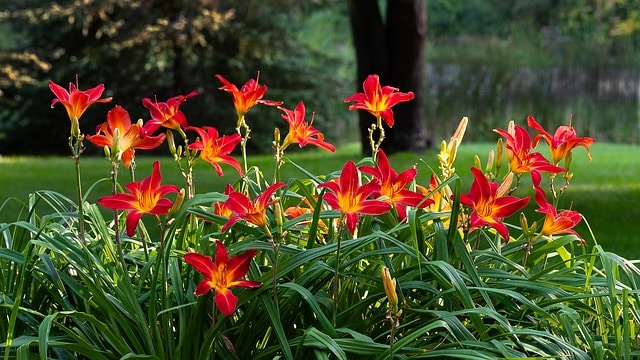
Daylilies are a resilient perennial perfect for Zone 9 gardens. Plant them in well-draining soil with full sun exposure in early September. They are incredibly hardy and can handle various conditions, including drought. Daylilies produce showy flowers in diverse colors and bloom throughout the spring and summer, offering continuous beauty for your landscape.
Lantana
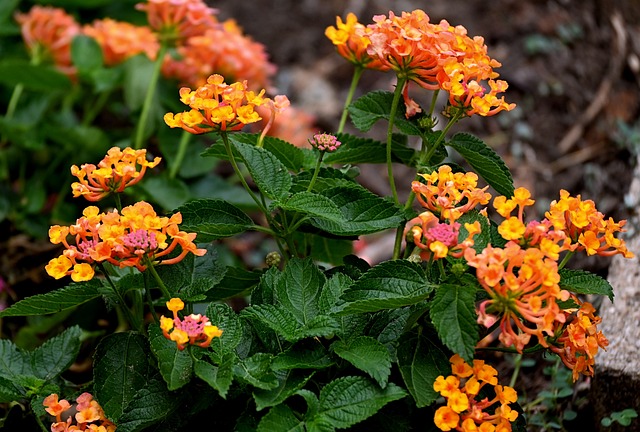
Lantana is a vibrant, drought-resistant perennial that thrives in full sun. Planting it in September gives this hardy plant ample time to establish before the cooler months. Lantana produces clusters of colorful flowers that attract butterflies, making it perfect for pollinator gardens. Its resilience and low maintenance make it particularly appealing for busy gardeners.
Sedum
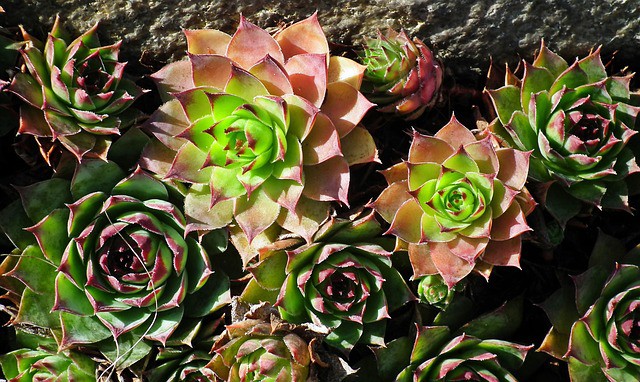
Sedum, or stonecrop, is a hardy succulent that can be planted in September. These low-maintenance plants prefer full sun and thrive in well-drained soil. Sedum is ideal for rock gardens or flower beds, as it can tolerate drought and poor soil conditions. Their fleshy leaves and beautiful flowers attract butterflies and bees, enhancing biodiversity in your landscape.
Oleander
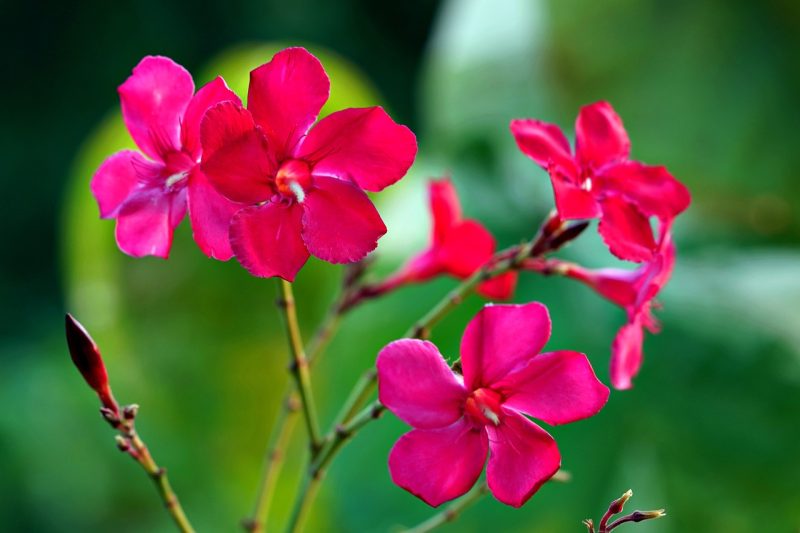
Oleander is an evergreen shrub that provides year-round greenery and beautiful blooms. It can be planted in September in well-drained soil and loves full sun. Oleander is drought-tolerant once established and offers a wide range of flower colors. However, it’s essential to note that oleander is toxic if ingested, so garden placement should take this into account.
Butterfly Bush
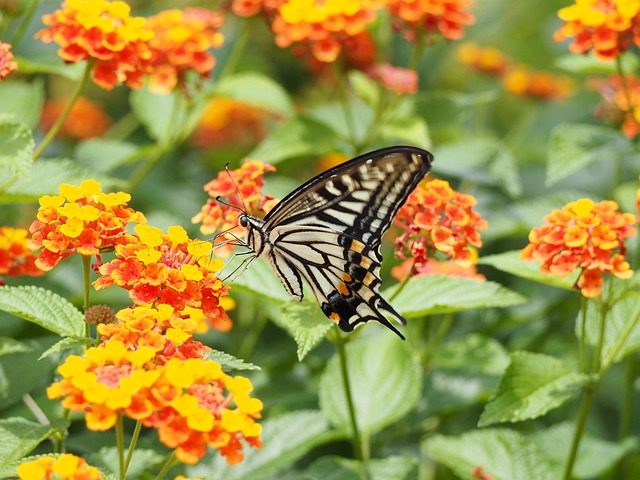
The butterfly bush is a perfect plant for attracting pollinators like butterflies and bees. Planting it in September gives it a chance to establish roots during the milder fall season. This drought-tolerant shrub thrives in well-drained soil and loves full sun exposure. With vibrant, fragrant blooms, the butterfly bush is a beautiful addition to any landscape.
Bougainvillea
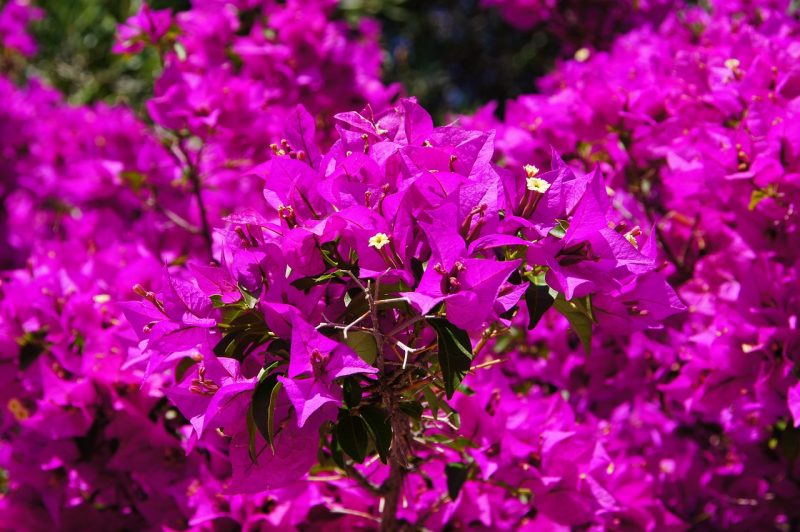
Bougainvillea is a tropical vine that can thrive in Zone 9’s mild climate. Plant bougainvillea in September, allowing it to establish before the cooler winter months. This hardy plant prefers well-drained soil and full sun but is extremely drought-tolerant once established. Bougainvillea offers vibrant pops of color and serves as an eye-catching addition to gardens, walls, or trellises.
Hibiscus
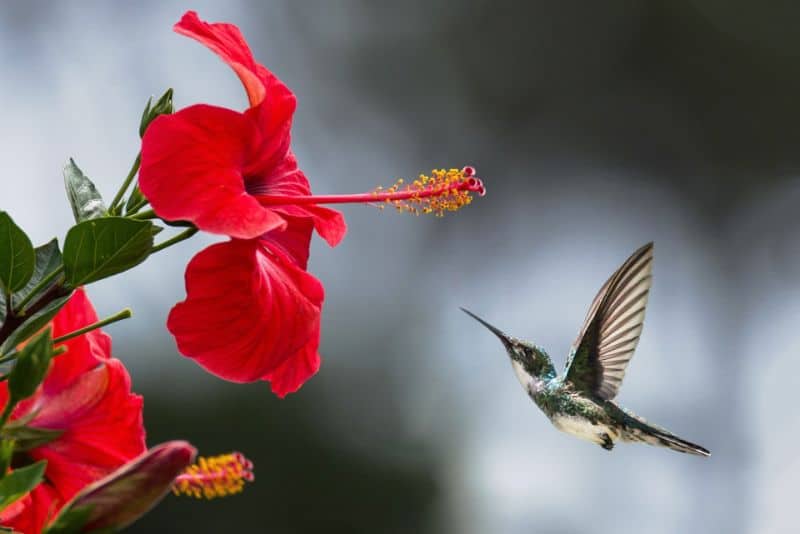
Hibiscus is a beautiful flowering shrub perfect for warm climates. Plant it in well-drained soil in early September for a stunning display of large, colorful blooms that will appear in the spring. Hibiscus prefers full sun and can tolerate a variety of soil conditions. It’s a popular choice for tropical-themed gardens, providing an exotic touch with its bold flowers.
Vegetables To Plant
September is an advantageous month for planting many vegetables in Zone 9, where temperatures start to cool down, making conditions favorable for germination and growth.
Broccoli

Broccoli is an excellent fall vegetable that thrives in cooler temperatures. In Zone 9, it can be planted in early September to early October. Ideal soil temperatures for germination should be between 65°F and 70°F. This nutrient-rich crop prefers full sun and well-draining soil. With proper care, broccoli can yield small harvests within 65 to 70 days. Broccoli is quite resistant to cool weather, making it a perfect candidate for late summer planting.
Carrots

Carrots flourish in the mild conditions of fall. In Zone 9, you can sow carrot seeds from mid-September through late October. These root vegetables prefer well-drained, sandy soil for optimal growth. Carrots germinate best at temperatures between 55°F and 75°F, and the seeds may take 10 to 20 days to sprout. Once established, carrots can be harvested throughout the winter months, as they actually taste sweeter after exposure to frost.
Kale
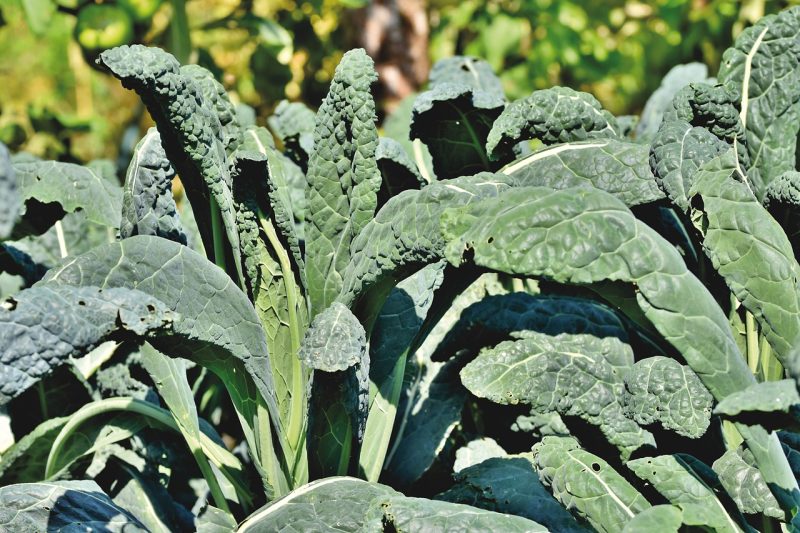
Kale is another hardy vegetable perfect for cooler months. You can plant kale seeds in Zone 9 in early September, and expect germination within 7 to 14 days. This leafy green thrives in temperatures ranging from 45°F to 75°F. A benefit of planting kale in September is its resilience; it can continue to produce leaves throughout the fall and even into winter if adequately protected from frost. Plus, kale is a nutritional powerhouse rich in vitamins K, A, and C.
Spinach

Spinach is a fast-growing crop that can be planted in mid-September. It prefers cooler temperatures between 50°F and 60°F. Planting it in fall allows gardeners to enjoy a fresh harvest in about 40 to 50 days. Spinach is especially nutritious and is packed with iron. Since it matures quickly, you can plant multiple successive crops to maximize your yield throughout the early winter months.
Radishes

Radishes are among the quickest crops to mature, making them ideal for September planting. Sow seeds as early as the first week of September for an edible harvest in as little as three to four weeks. Radishes thrive in temperatures between 50°F and 65°F. They adapt well to various soil types but perform best in loose, well-aerated soil. Radishes are versatile in the kitchen, adding a crunchy texture to salads and a peppery flavor to various dishes.
Beets
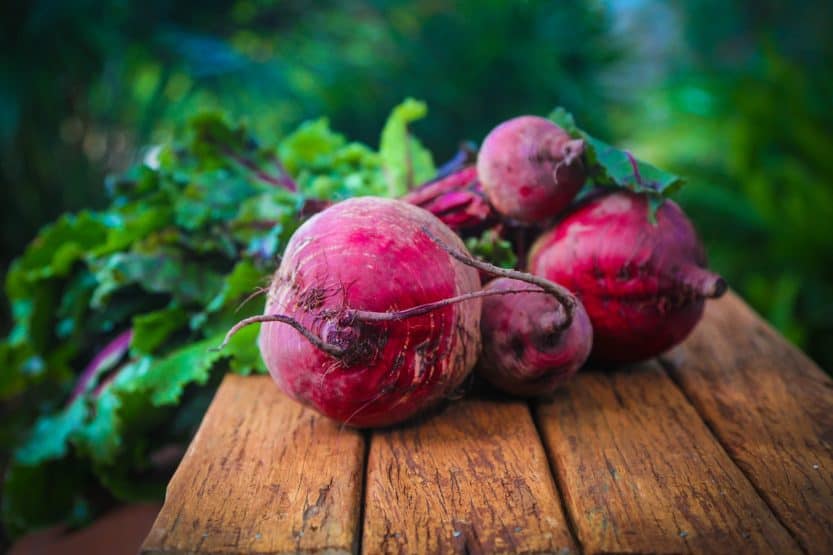
Beets are another root vegetable that flourishes in cooler weather. Plant beet seeds in mid-September for a harvest ready in about 50 to 70 days. Ideal soil temperatures for growing beets range between 60°F and 70°F. Beets are packed with essential nutrients, such as folate and manganese. The greens are also edible and highly nutritious, making them a double harvesting opportunity.
Swiss Chard

Swiss chard is a colorful, leafy green that can be planted in early September in Zone 9. This vegetable grows well in temperatures from 50°F to 80°F and can be harvested continuously throughout the fall and winter. It offers a unique blend of nutrition with vitamins A, C, and K, along with beneficial minerals. Swiss chard is versatile in culinary applications, ranging from raw salads to hearty soups.
Peas
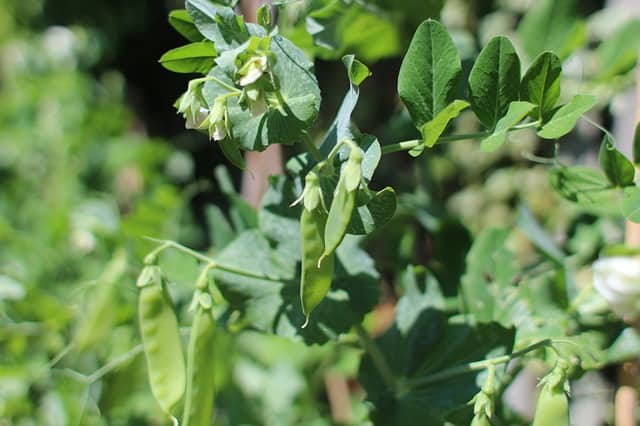
Peas are an excellent choice for autumn planting as they can handle cooler temperatures quite well. Ideal for planting in late September, these legumes thrive in temperatures around 50°F to 75°F. Gardeners can expect to harvest sugar snap peas and snow peas in about 60 to 70 days. Peas add a sweet flavor to dishes and are rich in protein and fiber, making them a valuable addition to your vegetable garden.
Cilantro

While cilantro is technically an herb, it is often grown as a vegetable in culinary applications. Plant cilantro seeds in mid-September for a harvest that is ready in about three to four weeks. This herb thrives in cooler weather, ideally between 50°F and 70°F, making fall an optimal time for growth. Not only does cilantro add an aromatic flavor to dishes, but it also contains essential nutrients, such as vitamins C, K, and A.
Garlic
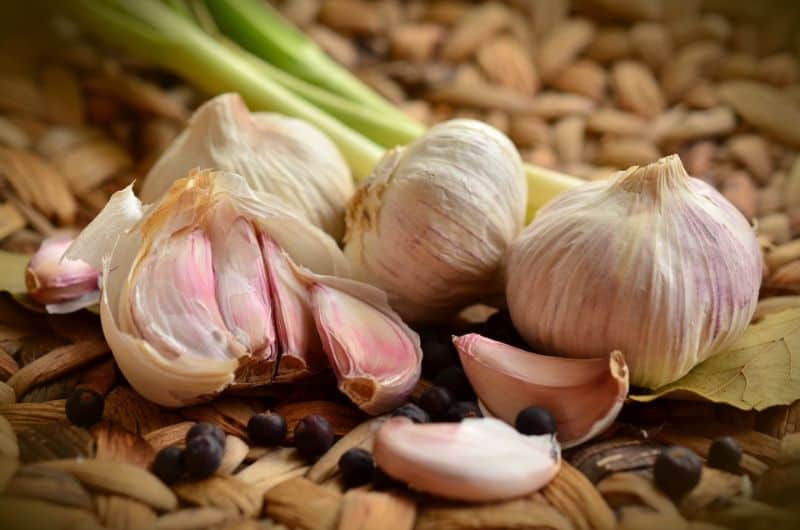
September is the perfect time to plant garlic in Zone 9. Plant individual cloves during the first or second week of the month for a harvest the following summer. Garlic grows best in well-drained soil and thrives in temperatures between 50°F and 75°F. This versatile bulb adds robust flavor to myriad dishes and provides various health benefits, potentially boosting immunity and reducing blood pressure.
Flowers To Plant
Flowers add color and vibrancy to your garden, and September provides the right conditions for planting a variety of ornamental blooms in Zone 9.
Pansies

Pansies are a classic fall flower that can be planted in September. Their cool-weather tolerance makes them perfect for gardens in Zone 9, where temperatures often remain mild until winter. Plant pansies in well-drained soil and enjoy their vibrant colors that last well into the cooler months. They thrive in areas receiving full sun to partial shade and require moist soil. With proper care, pansies can bloom continuously until spring.
Marigolds

These cheerful annuals are perfect for planting in early September. Marigolds thrive in full sunlight and can handle warm temperatures, making them ideal for Zone 9 gardens. They are also known for their insect-repelling properties, acting as excellent companions for vegetable gardens. Marigolds bloom profusely in shades of yellow, orange, and red, bringing warmth and cheer to any garden.
Snapdragons
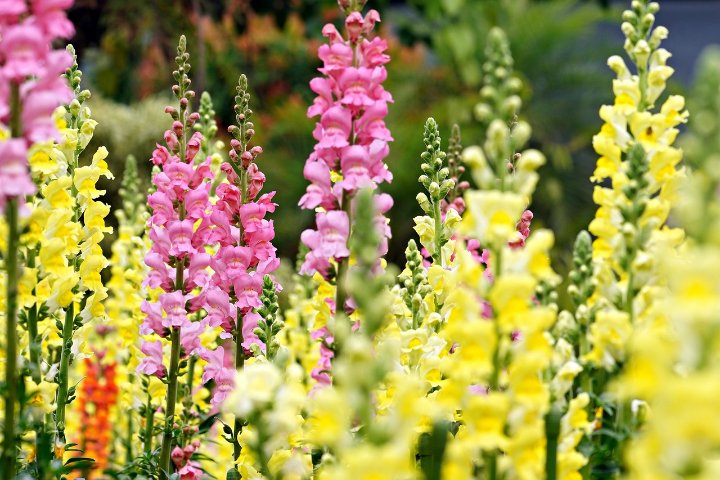
Snapdragons are a delightful addition to fall flower gardens. They can be planted in early September and will flourish until frost. These flowers thrive in cooler temperatures and can handle light frosts with ease. They prefer full to partial sun and require well-drained soil. Snapdragons come in a variety of colors, adding texture and height to garden beds.
Sweet Alyssum
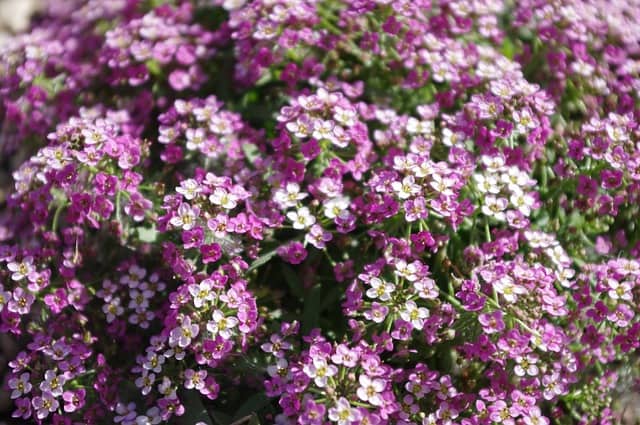
Sweet Alyssum is a charming low-growing flower that can be planted from early September onwards. This perennial is known for its sweet fragrance and delicate clusters of tiny flowers that attract pollinators. It grows well in full sun to partial shade and thrives in well-drained, lightly fertile soil. Sweet Alyssum will continually bloom until the first frost, making it an excellent choice for extending the garden’s color.
Dianthus
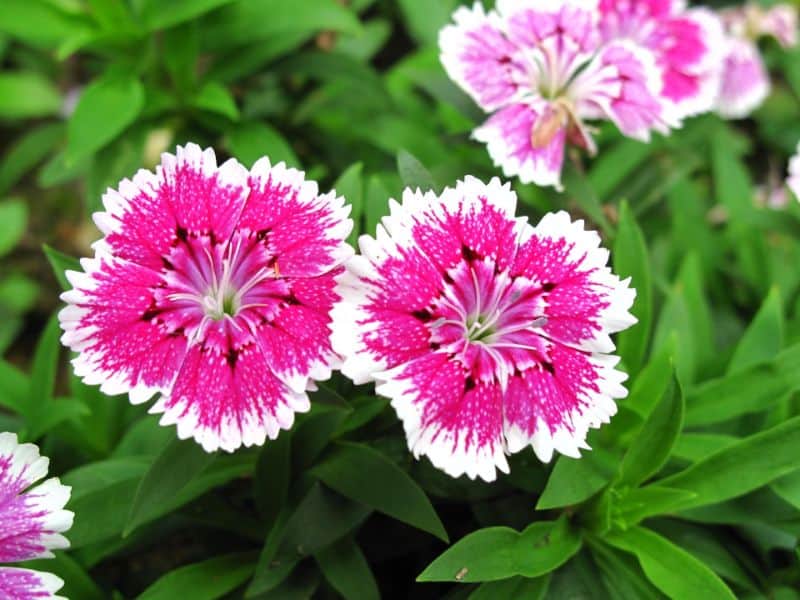
Dianthus, or pinks, are reliable flowering plants that can be planted in September. Known for their clove-like fragrance and sturdy nature, they make an excellent choice for garden borders. They thrive in well-drained soil and require full sunlight. Dianthus can be cut back after their first bloom to encourage continued flowering, making them versatile and lively members of any flowerbed.
Ornamental Cabbage
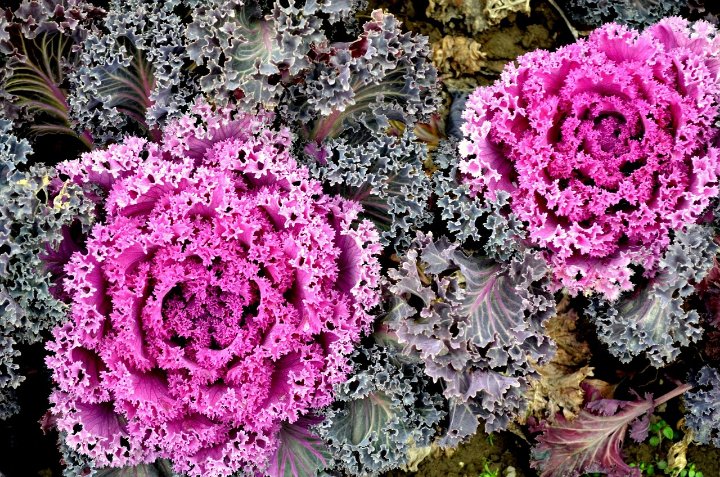
Ornamental cabbage is a popular fall and winter decorative plant. Plant them in September to enjoy their unique colors during the cooler months. They require well-drained soil and full sun to partial shade. Ornamental cabbage is known for its beautiful rosette formations and comes in a variety of pastel colors. It is a unique addition to any garden, offering interest even as most summer flowers fade.
Petunias
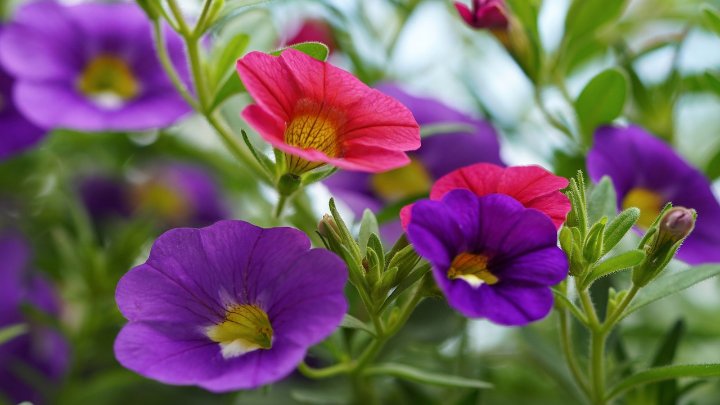
Petunias are a versatile annual that thrives in the cooler weather of autumn. They can be planted in early September and bloom profusely until the onset of frost. Petunias like full sun and well-draining soil. Available in an array of colors and patterns, they can add vibrancy and life to hanging baskets or garden beds, creating a focal point.
Cosmos
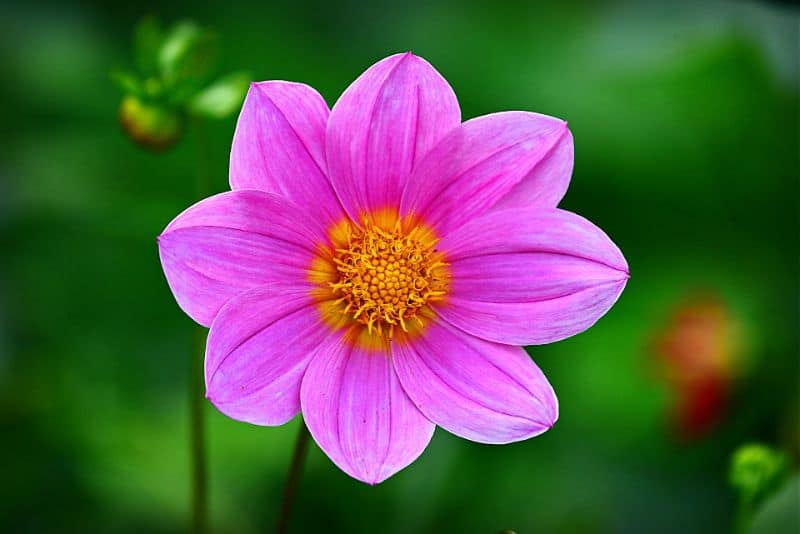
Cosmos are easy-to-grow annuals that bring an effortless charm to any garden. They can be planted in late September and thrive in sunny spots with good drainage. Cosmos can handle a range of soil types but prefer poorer soils for better blooming. Known for their daisy-like flowers, they attract butterflies and bees, enhancing pollinator activity in your garden.
Zinnia
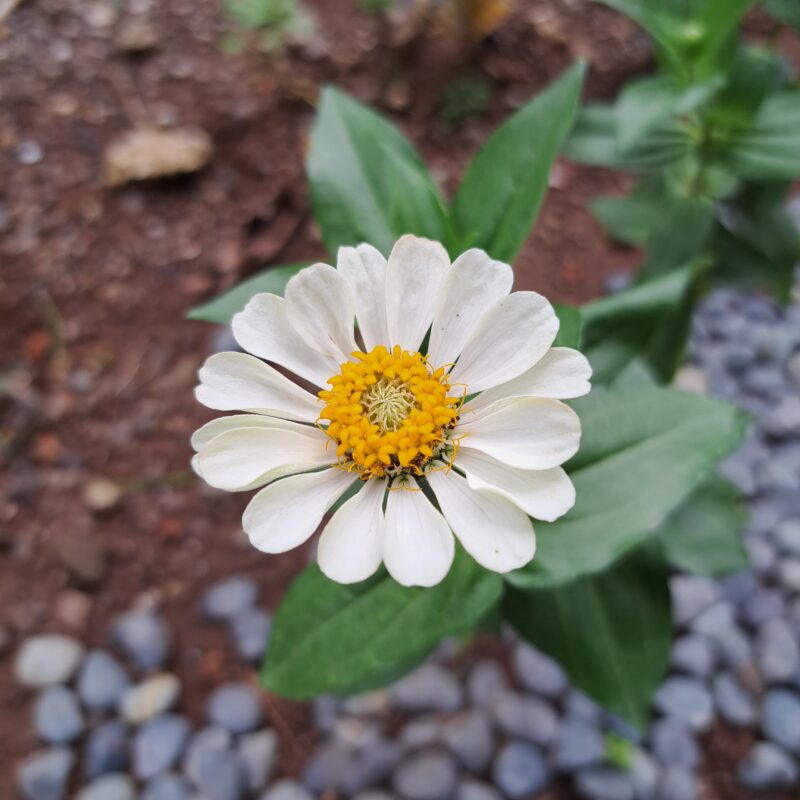
Zinnias are a colorful addition to any garden and can be planted in September for late fall blooms. They thrive in sunny, warm locations and well-drained soil. Zinnias are easy to care for and can tolerate drought and heat, making them particularly suitable for Zone 9. Their bright blooms are ideal for cut flowers, bringing joy into homes throughout the season.
Salvia
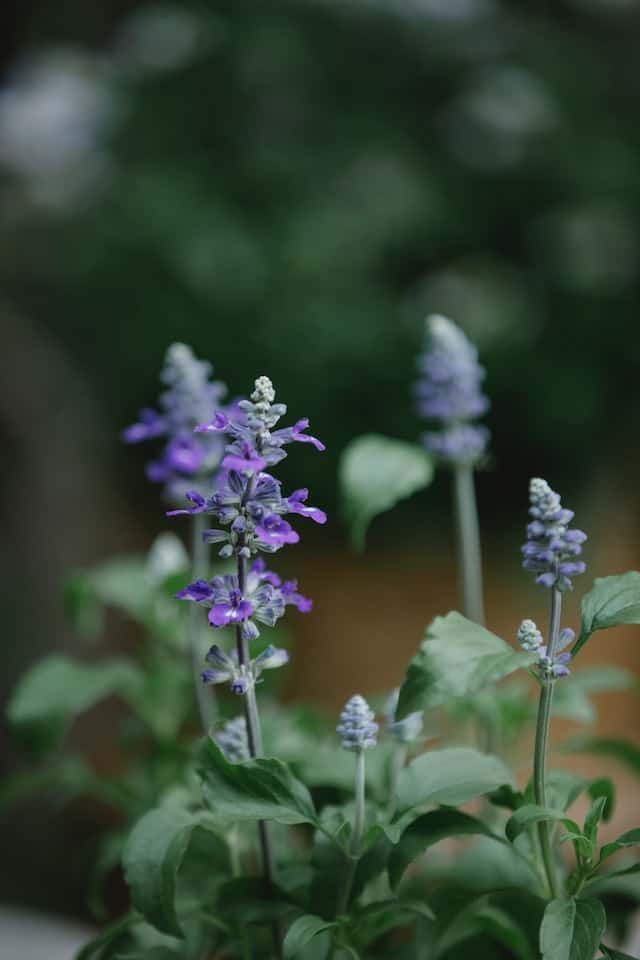
Salvia is a versatile flowering plant that can withstand a variety of growing conditions. Best planted in mid-September, salvias thrive in full sun and are drought-tolerant. They attract hummingbirds and butterflies while adding vibrant color to the landscape. Salvia’s resilience makes it suitable for various landscapes, from borders to containers.
Herbs To Plant
Herbs are a vital aspect of any garden, offering culinary, medicinal, and aromatic benefits. September is an ideal time to plant a variety of herbs in Zone 9.
Basil
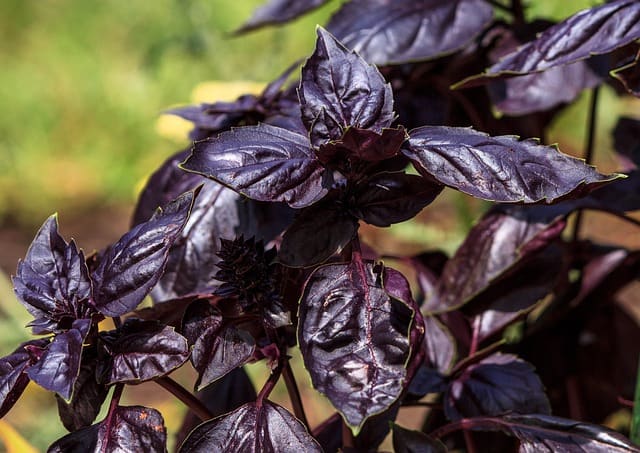
While basil may be associated with summer gardening, it can still be planted in early September. This herb thrives in temperatures between 70°F and 85°F but can handle mild fall weather. Basil grows well in well-drained, nutrient-rich soil and enjoys full sunlight. Use basil fresh in salads, pestos, or as a flavoring in Italian cuisine for an aromatic touch.
Chives
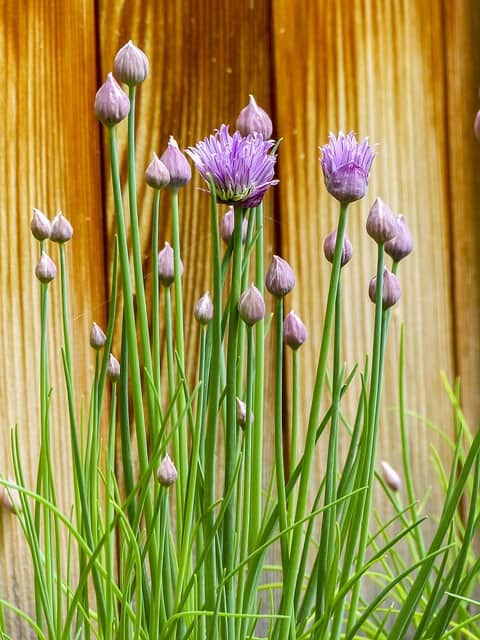
Chives are an excellent choice for September planting as they tolerate cooler temperatures well. These hardy herbs can be planted from seeds or transplants in well-drained, fertile soil and thrive in full sun to partial shade. With a mild onion flavor, chives are perfect for garnishing salads, soups, and sauces. Their green tops can be harvested throughout the growing season.
Mint
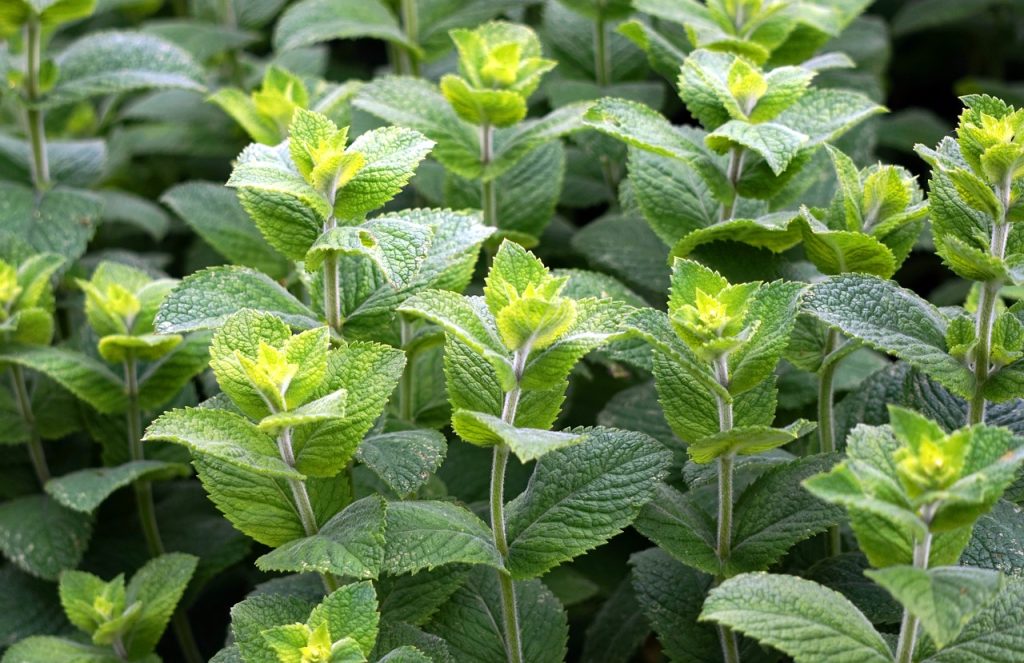
Mint is a robust herb that can handle a range of temperatures and can be planted in September in Zone 9. This perennial herb thrives in moist, well-drained soil and can grow well in both full sun and partial shade. Mint spreads vigorously, so it’s wise to plant it in its container or designated area to control its growth. It’s a versatile herb suitable for teas, desserts, salads, and savory dishes.
Oregano

Oregano is a pungent herb that thrives in full sun and can be sowed or transplanted in September. This hardy perennial is drought-tolerant and prefers well-drained soil. Oregano’s flavor intensifies when dried, making it an excellent addition to various cuisines, especially Mediterranean dishes. It’s easy to grow and can be harvested continuously throughout the season.
Thyme
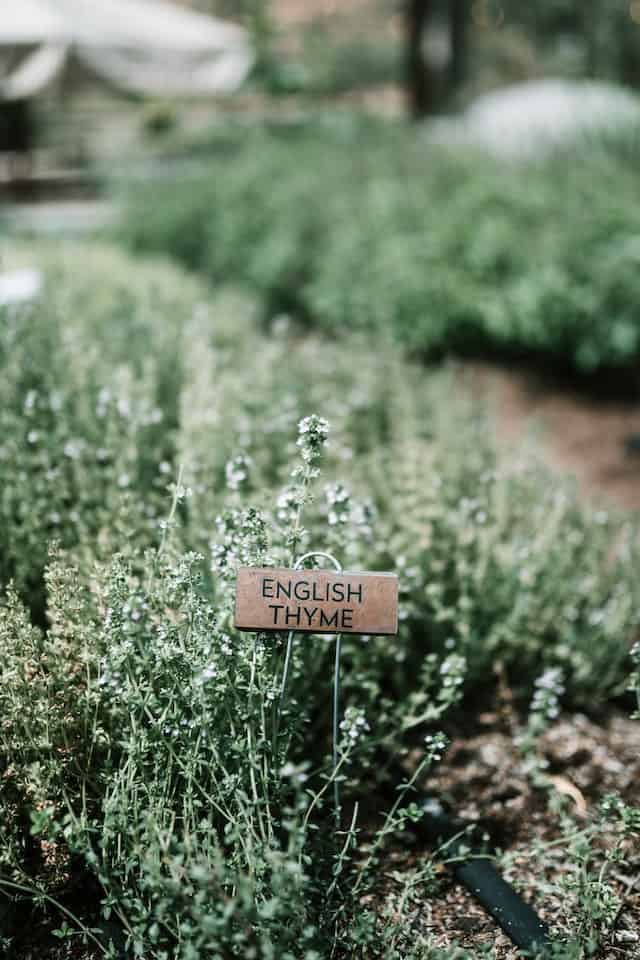
Thyme is another herb that can be planted in September in Zone 9. It thrives in warm weather but can tolerate cooler temperatures. Preferring well-drained, sandy soil, thyme requires full sun exposure. This aromatic herb is popularly used in cooking and also possesses numerous health benefits, such as providing anti-inflammatory properties and aiding digestion.
Rosemary

Rosemary can be planted in September and flourishes in full sun with well-draining soil. This perennial herb tolerates heat and drought but is sensitive to frost, so make sure to cover it if temperatures drop significantly. It is a versatile culinary herb known for its strong fragrance and flavor in Mediterranean dishes, making it an excellent choice for enhancing savory meals.
Tarragon
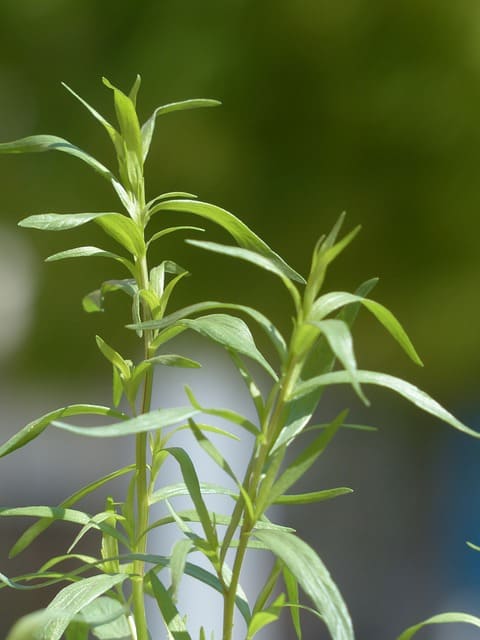
French tarragon is a unique herb that adds a distinct flavor to dishes and fits well in the Zone 9 landscape. Plant it in well-drained soil and full sun in September. This perennial herb grows quickly and can reach 36 inches in height. It thrives in cooler temperatures and is best used fresh or dried in salads, sauces, and various culinary applications.
Dill
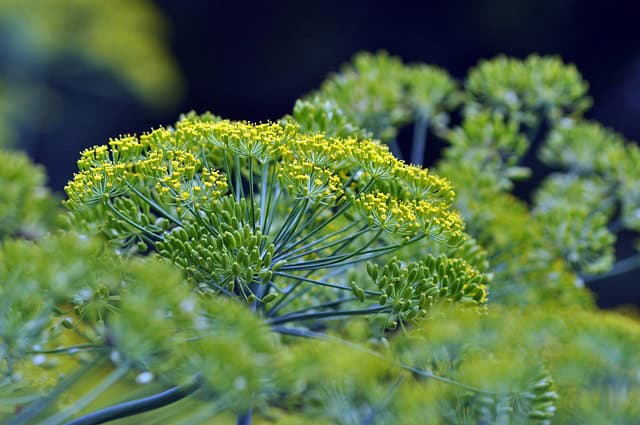
Dill is a delightful herb that can be sown directly in the garden in mid-September. It prefers cool weather, germinating best at temperatures between 60°F and 75°F. Dill grows quickly and can be ready for harvest within four to six weeks. This herb is often used in pickling, salad dressings, and as a flavor enhancer in various dishes.
Cilantro (Continued)

Given its dual role, it’s worth revisiting cilantro in the herb section. Not only is it a flavorful ingredient in various cuisines, but its growth can also be encouraged in the fall in Zone 9. As previously discussed, cilantro is a quick-growing annual herb that flourishes in the cooler months, providing a continuous supply of fresh leaves for culinary use.
Fennel
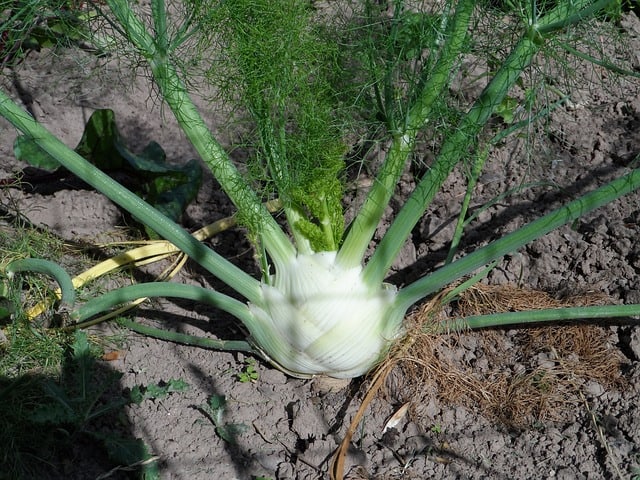
Fennel is an aromatic herb with a unique flavor that can be sown in September. It thrives in full sun and well-drained soil, preferring temperatures around 50°F to 75°F. Fennel can be harvested both for its fronds and its bulbous base, adding texture and flavor to salads, roasted vegetables, and Italian cuisine. With its beautiful feathery foliage, fennel also serves as an ornamental addition to the garden.


